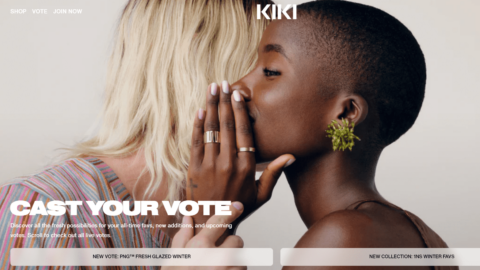While retailers always prioritize driving sales, what happens after the sale can be the ultimate customer retention driver — or it can drive customers away. In response to a bad post-purchase experience, up to 90% of U.S. online shoppers will take some type of action that can hurt a retailer’s brand. More than one-third (36%) say they would shop somewhere else after just one poor experience, according to the 2018 Pitney Bowes Global Ecommerce Study. Among Millennials, 30% will go public about their poor experience by complaining in an online review or social media post, potentially affecting the buying decisions of their entire social networks.
Retailers have left themselves vulnerable to these criticisms — 56% of consumers felt let down during the 2017 holiday season due to a post-purchase issue. Specific problems included:
- The shipment arriving late (15%);
- Shipping is too expensive (12%);
- Wrong address/lost in the mail (7%);
- Shipping tracking is inaccurate (6%);
- The wrong item was shipped (6%);
- Unclear return policies (4%); and
- Poorly packaged gift items (4%).
More Purchases, More Problems
Overall, the percentage of U.S. shoppers that felt let down by a holiday shopping experience jumped s20 percentage points, from 36% in 2016 to 56% last year. Lila Snyder, President of Commerce Services at Pitney Bowes, noted that the rise in frustration is linked to the velocity and volume of online shopping.
“There’s no doubt that as volume goes up, it gets more difficult for retailers and their partners to keep up with that,” Snyder said in an interview with Retail TouchPoints. “At the same time, you have rising customer expectations. It’s almost a multiplier effect. You have to deal with such rapid growth that it’s hard to have physical infrastructure and processes keeping up.”
Successful high-growth retailers (those with 25% or greater year-over-year revenue growth) place a greater emphasis on the post-purchase consumer experience than their slower-growth competitors. This includes providing services like free returns and day-definite guaranteed delivery. While 54% of high-growth retailers offer two-to three-day free shipping, 60% of low-growth retailers (those with 10% or less year-over-year revenue growth) offer four-to seven-day free shipping.
Free, Fast Shipping Are Top Reasons Why Online Shoppers Select Retailers
“Fast and free” shipping is no longer a competitive differentiator; these services have become table stakes. In the U.S., online shoppers list free shipping (80%) and fast shipping (66%) as the two most important criteria in determining where to shop online, well ahead of:
- Free, easy returns (49%);
- Better delivery tracking (43%);
- Confidence in delivery date accuracy (38%);
- Better overall post-purchase experience (37%); and
- Fast refunds on returns (32%).
For example, 91% of U.S. online shoppers said they will leave a retail web site if shipping options aren’t “fast and free,” with 43% opting to purchase from a marketplace instead.
“Consumers are telling you, if you don’t offer the kind of shipping I want, I’m gone,” Snyder said. “Retailers can’t get faster overnight, but they can get freer overnight. If I’m a retailer reading that statistic going into the holiday period, I would absolutely be thinking, ‘Are my shipping offers attractive enough, given the way consumers are likely to behave during this high-volume shopping season?’”
Retailers must be aware that expectations for “fast and free” continue to rise. While 95% of online shoppers consider two-day free shipping “acceptable,” only 47% consider it “fast.”
U.S. consumers still rank free shipping over fast shipping, with 79% preferring free (actually down from 86% last year). This reversal is mostly driven by Millennials, with 35% willing to pay for fast shipping, up from 20% the year prior.
With that in mind, retailers actually can afford to institute a pricing minimum for free shipping. Nearly 66% of U.S. consumers expect to spend at least $25 to qualify for free shipping, with Millennials and parents the most lenient, at approximately 75%.
Subscription Brands Continue To Gain Favor With Millennials
Beyond post-purchase concerns, the Pitney Bowes survey also analyzed the growth of subscription box surveys, noting that 51% of Millennials are now enrolled in at least one subscription box. This total is expected to grow 11% by the end of 2018.
“Any time you get over that halfway adoption point, it’s probably not going to be a trend that changes anytime soon,” Snyder said. “You also see households with children reaching almost 50% adoption, which gives you a sense of the convenience factor for those busy families. That emphasis on the post-purchase experience is something we feel the subscription box services have done a terrific job at, because we know that the way to keep that subscription alive and keep that loyal customer as part of their platform is to make sure that the delivery and returns experiences are flawless.”













